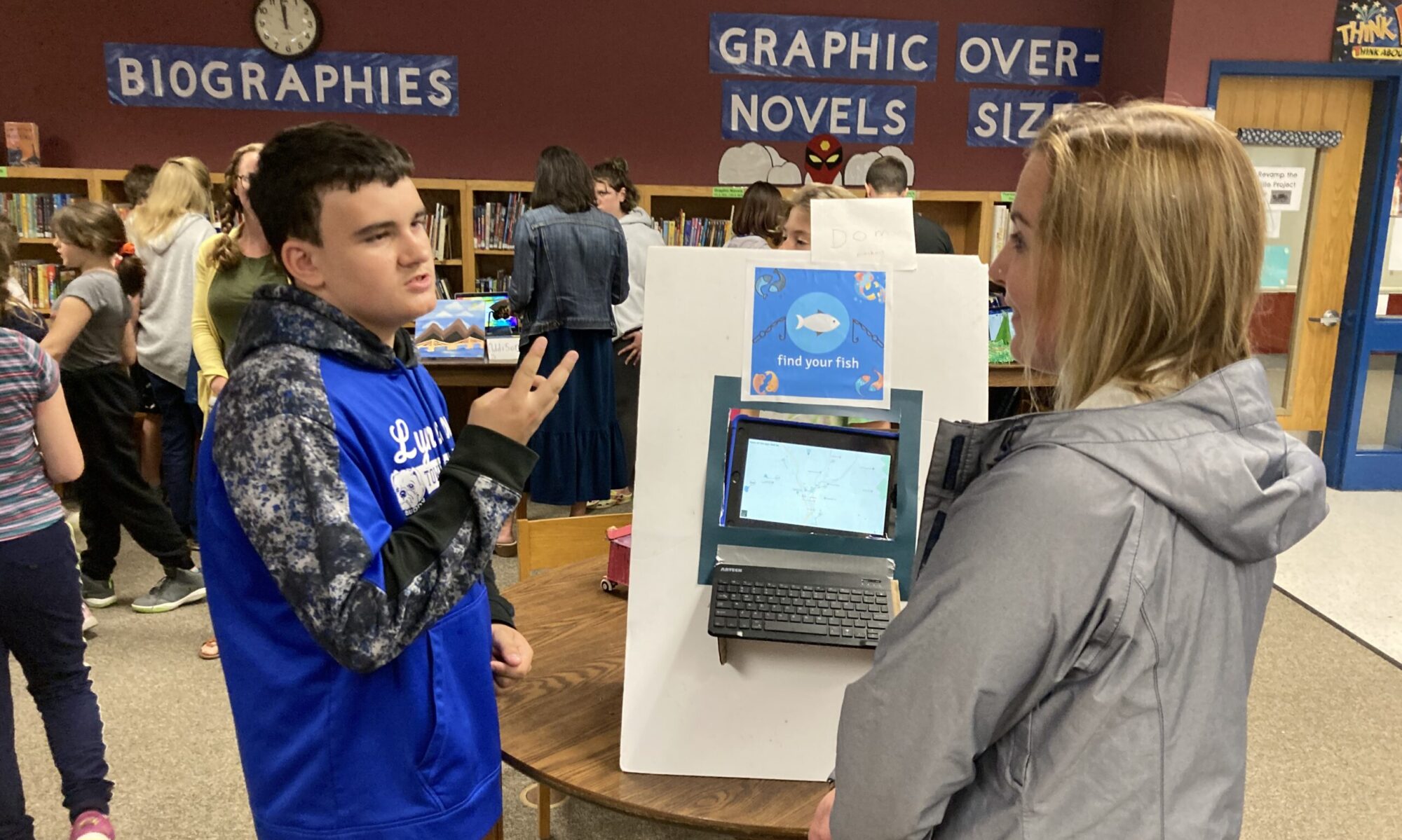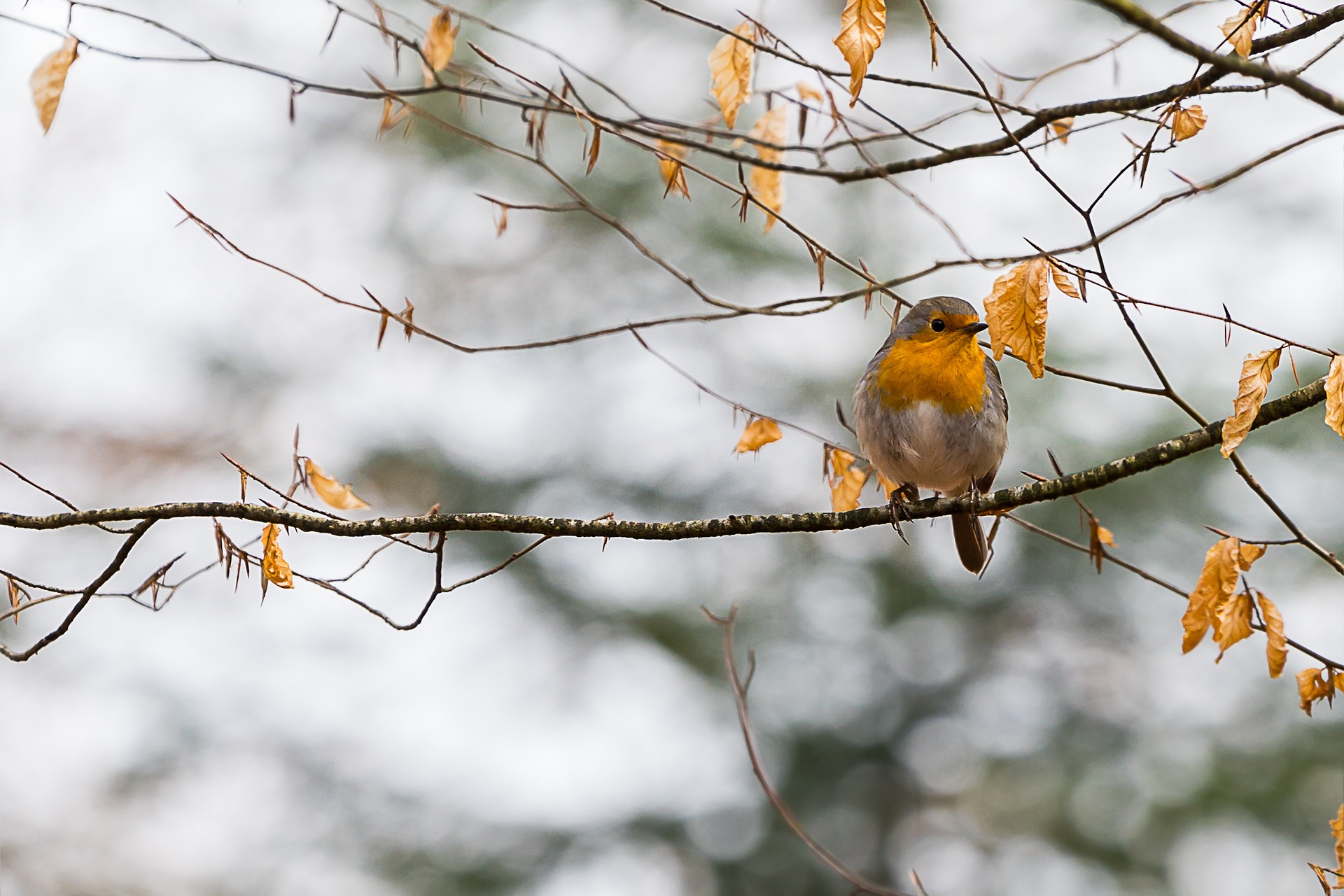Right now the problems of the world can feel so very big. And we can feel small. We can feel powerless. We can wonder: what’s the point? To which we say this: one person is the key to systemic, lasting change. One person is enough. Because the power of one multiplied by many? Changes everything.
The pandemic and the political upheaval across the United States, the fight for climate change and a deeper conversation on equity, have made a lot of us take a closer look at the here and the now. And what we can do about it.
And an integral part of that entails us believing that one person has the power to change the entire world, whether that world is our climate, our town, or our systems of schooling.
We know, it’s a lot.
Just as it can be overwhelming to consider our own place in the scale of the universe, it can be equally demanding to consider how to respond to the call to be the change we wish to see in the world.
We feel so small. And these problems are so very big.
But we’ve realized one crucial thing:
The only way we can begin to tackle these problems is if we show up and try.
In her book Emergent Strategy, adrienne maree brown shares the idea of fractals: self-similar patterns that replicate across scales.
Think of a fern: the frond of the fern contains a pattern of leaves, and each leaf replicates that pattern at a smaller scale.
And each petal of each leaf holds that pattern again in miniature.
“How we are at the small scale is how we are at the large scale. The patterns of the universe repeat at scale. There is a structural echo that suggests two things: one, that there are shapes and patterns fundamental to our universe, and two, that what we practice at a small scale can reverberate to the largest scale.”
From this, brown suggests that by living and being in our own lives the way we want the world at large to be, we can create a pattern at the smallest scale which can replicate across the system.
brown quotes her mentor, Grace Lee Boggs, as saying: “Change yourself to change the world.”
And that?
That we can do.
And you can too.
When we get overwhelmed at the scale of the problems, we make it smaller. We reflect on how our actions are aligned – or not – with the change we want to see. From there, we can adjust and create the reality we want to manifest. It turns out there’s often plenty of work we can do on ourselves and our immediate surroundings.
Mary DeMocker, in her book The Parents’ Guide to Climate Revolution, tells us that if we have a choice, “We should always choose systems change over lightbulb change.”
Now, what we might not realize is that in a lot of cases, doing one pulls us closer to the other. Small individual actions are the flywheel that powers systems change.
This is already a game of hope and faith.
When we think about the change we hope to see in schools, we are thinking about systems change. How can schools better serve all students? How can schools move to proficiency-based learning, and towards creating communities in which all students feel welcome, appreciated, and supported as learners?
All those big pictures begin with one school. With one classroom. And one teacher. One decision to try a new approach to negotiated curriculum, or service learning, or self-directed learning.
When we make the choice to de-colonize our bookshelves, we are making systems change.
When we choose to try out a student-created unit in class, or connect a learner with a community organization — or even just figure out how to give credit for a student making that connection, we are making systems change.
Deciding to simply eliminate out-dated terms from our everyday speech, we are making systems change in miniature.
But those choices add up, and they move mountains.
Everything is terrible, and all we have is us
Finally, environmental studies professor Sarah Jaquette Ray, in her book A Field Guide to Climate Anxiety has more sage advice that resonates with our work as an educators: we need to redefine action, the way we measure our efficacy at making a difference.
As educators, we know that the impacts of our work — the seeds we’ve helped cultivate — may not be visible or obvious for years to come. Just like we don’t give up on our students even when we can’t see the evidence of our efforts, so too must we persist in our fight against systemic oppression and racism in the systems we’re part of.
And like that student who shows up in your doorway years, or even decades, later and tells you that you made a difference, our work now to disrupt inequity and create might not reap fruit for a long time.
But this is a marathon. And we know how to play this game of hope and faith.


